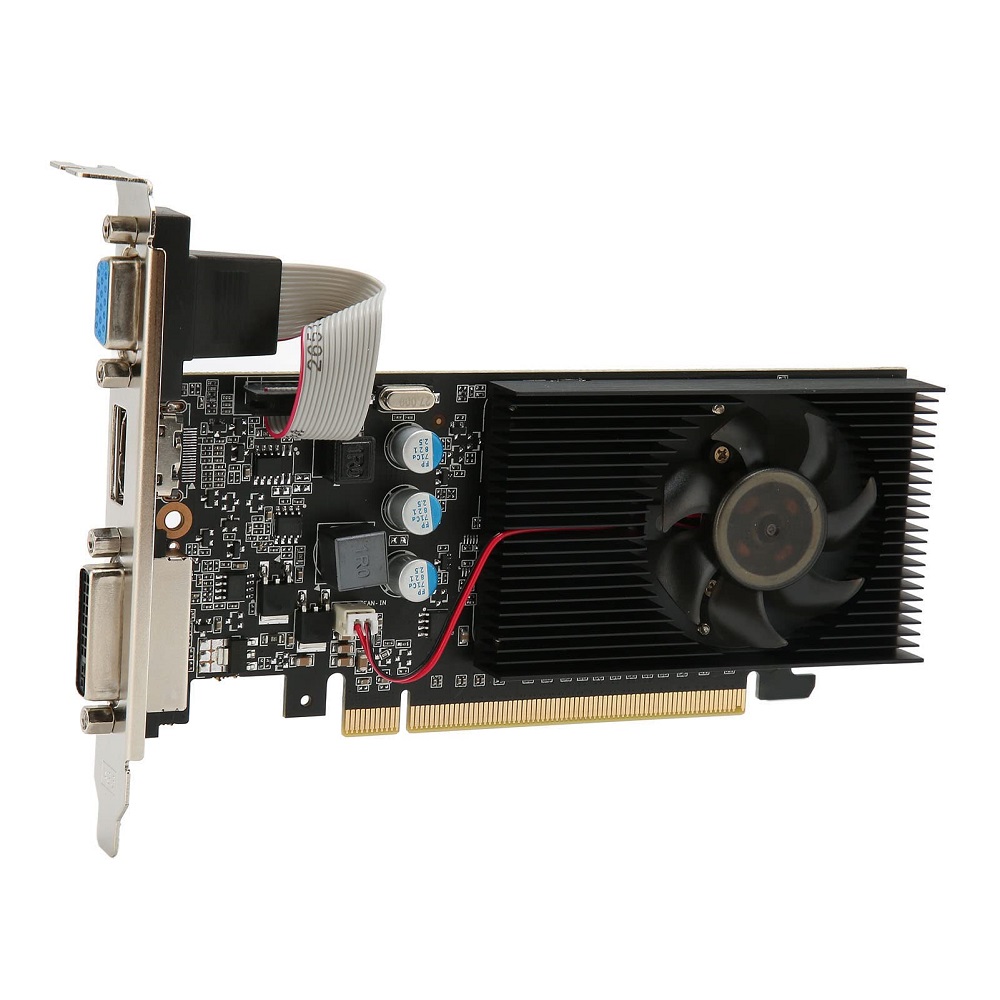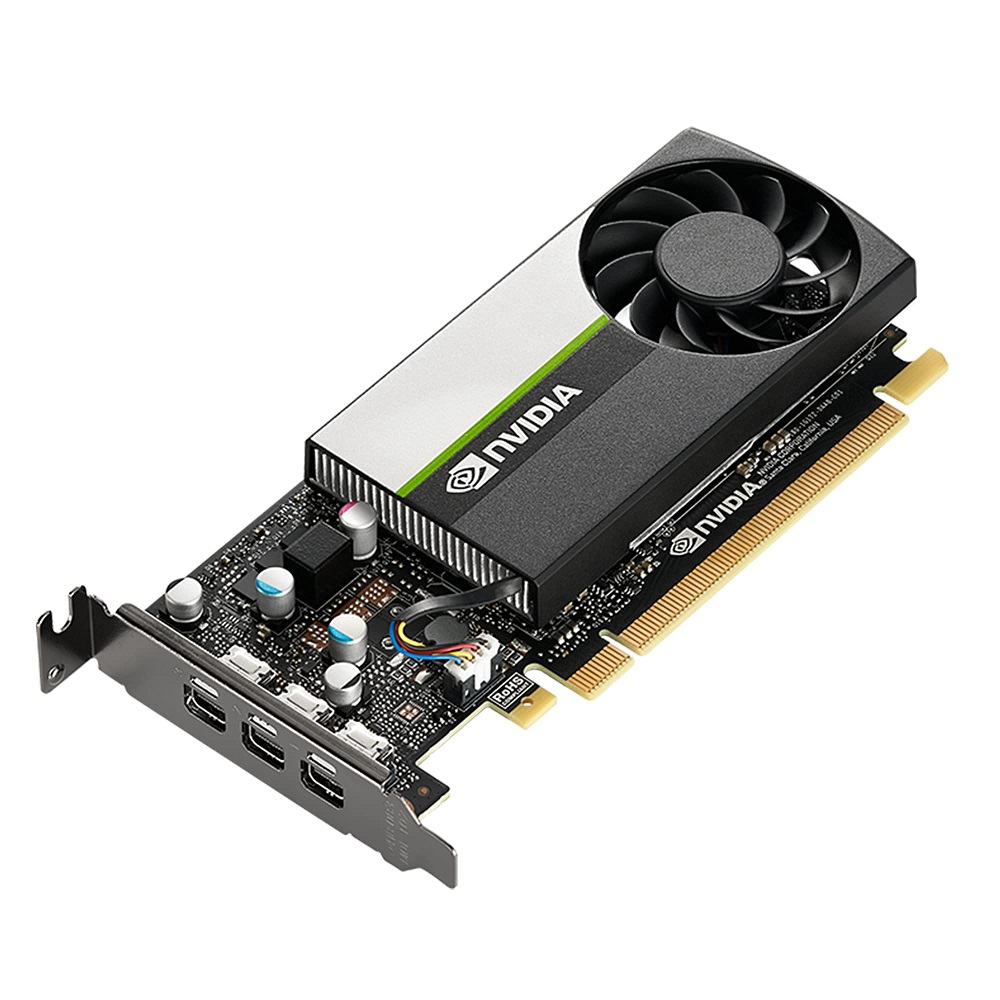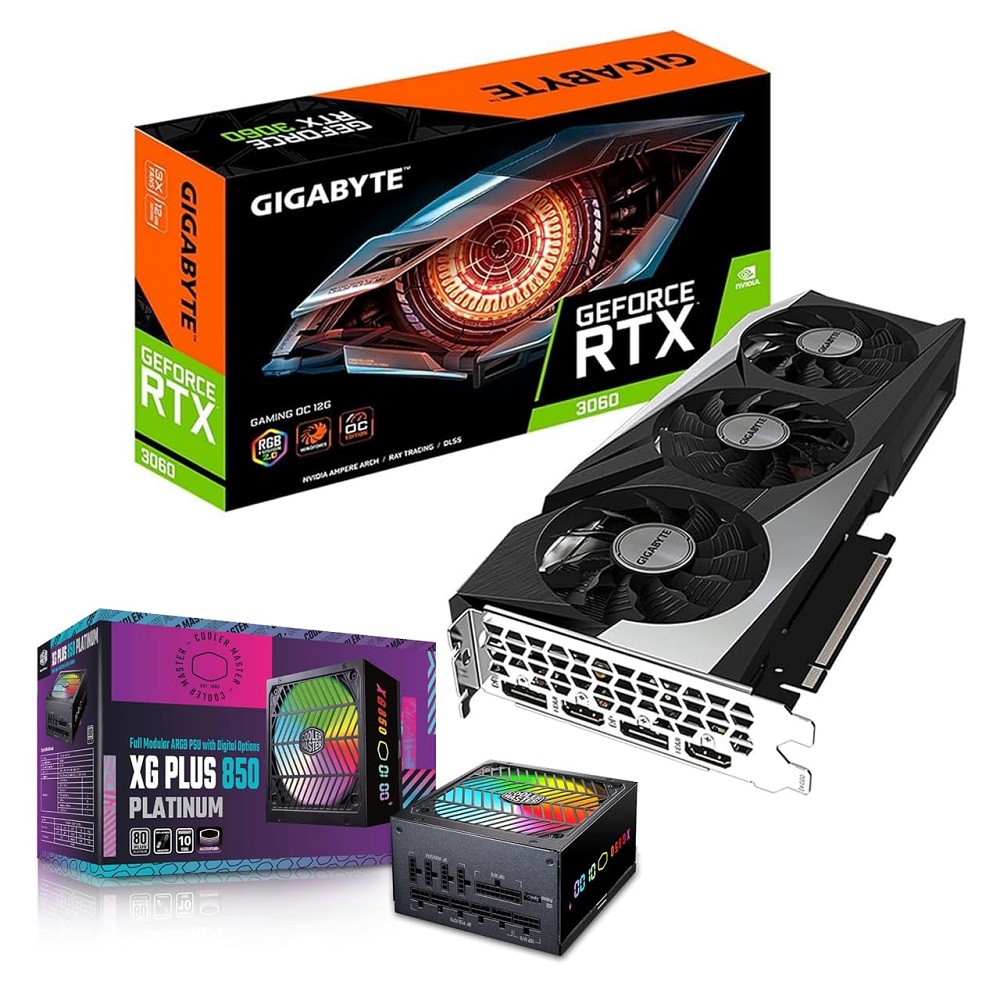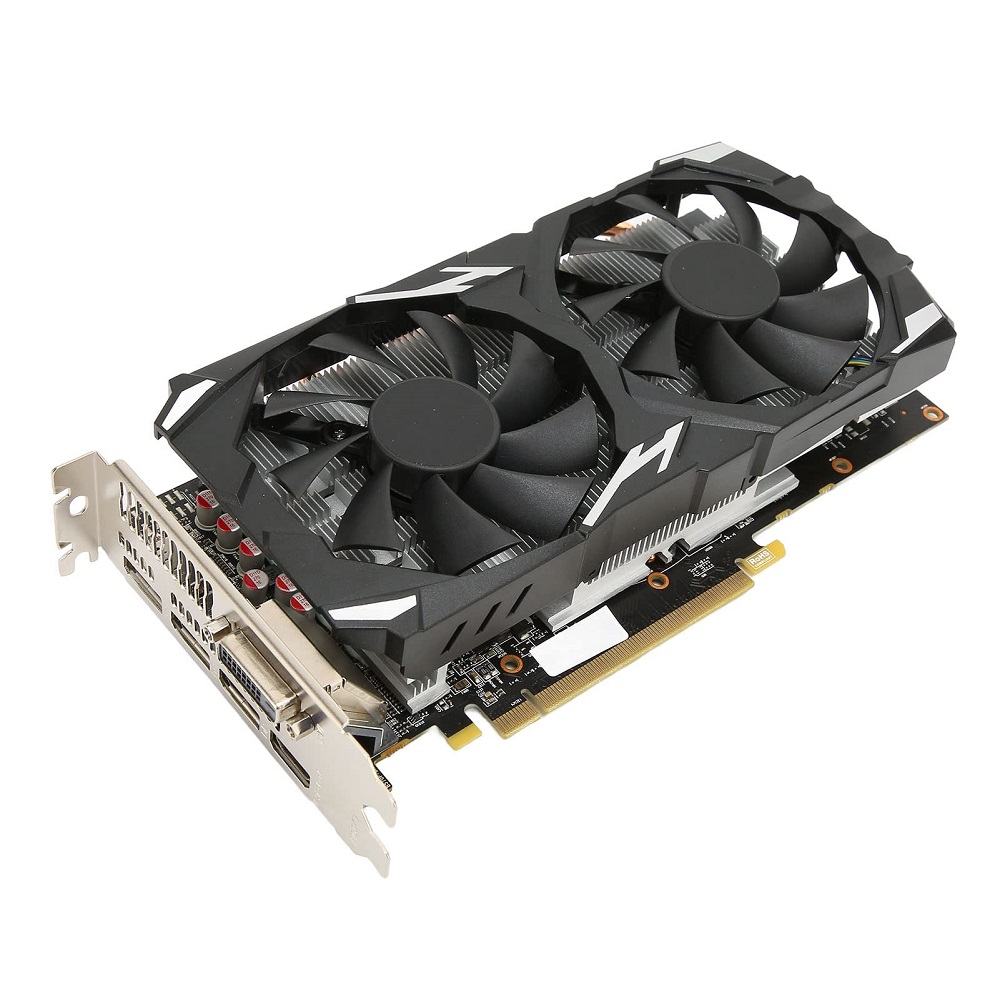Introduction to Graphics Card Specifications
Understanding your graphics card’s specifications can greatly impact your computer’s performance, especially if you’re a gamer or a professional working with high-end graphics. The specs determine how well your games will run, how smooth your video editing will be, and the overall speed of your computer when it comes to graphics-heavy tasks.
Let’s begin by explaining the basic terms you will encounter when looking into how to see graphics card specs. ‘GPU’ stands for Graphics Processing Unit and is the heart of the graphics card, handling all the complex calculations needed to render images and video. The ‘VRAM’ or Video Random Access Memory is where the GPU stores image data. More VRAM generally means the ability to handle higher resolution textures and better performance.
Bandwidth is also a key specification, describing how quickly the GPU can read and write data to the VRAM. Memory type, such as GDDR5 or GDDR6, is another factor that influences performance, with newer types offering faster speeds.
Knowing these specifications is crucial for anyone looking to buy a new graphics card or just understand their current setup’s capabilities. In the following sections, we’ll dive deeper into how you can identify your graphics card model and check its specs on Windows or with tools like GPU-Z.
Identifying Your Graphics Card Model
Knowing your graphics card model is the first step in understanding its capabilities. Here’s how you can identify your graphics card model quickly and accurately.
- Check the Device Manager in Windows: Press the Windows key + X and click on ‘Device Manager’. Expand the ‘Display adapters’ section, and you will see the model of your graphics card listed.
- Look at your computer’s specifications or documentation: If you have a pre-built PC or laptop, the graphics card details should be present in the product specifications or user manual.
- Use a system information tool: Tools like ‘Speccy’ or ‘CPU-Z’ can provide detailed information about all hardware components, including your graphics card model.
- Open up your computer case: If you’re comfortable with hardware, power down your PC, open the case, and look at the graphics card itself. The model number is often printed on a sticker or directly on the board.
Identifying the model is crucial if you’re considering an upgrade or troubleshooting issues. It helps to have precise data when you research how to see graphics card specs or compare models. After the model is clear, you can dive deeper into the specifications for a better assessment of its performance.

Checking Graphics Card Specifications on Windows
After identifying your graphics card model, the next step is checking its specifications on a Windows system. This process is straightforward and requires only a few steps.
- Use System Information: Hit the ‘Windows’ key, type ‘System Information’, and press enter. Navigate to ‘Components’ and then ‘Display’. Here, you’ll see detailed information about your graphics card including the model, manufacturer, memory type, and other specifications.
- DirectX Diagnostic Tool: Press ‘Windows key + R’, type ‘dxdiag’, and hit enter. This tool not only provides details about your graphics card but also information about DirectX features and drivers. Switch to the ‘Display’ tab to view your graphics card details.
- Windows Settings: Go to Settings by pressing ‘Windows key + I’, click on ‘System’ and then ‘Display’. Scroll down and click on ‘Advanced display settings’. Under the section ‘Display information’, you can check basic details about your graphics card. For more in-depth information, click on ‘Display adapter properties’.
These methods will provide you with a comprehensive understanding of your graphics card’s capabilities directly from your Windows operating system. Always make sure your system is up-to-date to get accurate information about how to see graphics card specs. This ensures better compatibility and performance of your graphics card.
Utilizing GPU-Z for In-Depth Information
Once you know your graphics card model, it’s time to delve deeper. GPU-Z is a powerful tool that provides you extensive details about your graphics card. This software is free and works with any graphics card, regardless of the manufacturer.
Here’s what GPU-Z can reveal about your graphics card:
- Core Specifications: Find out the GPU model, technology process, and die size.
- Memory Information: GPU-Z gives detailed data on memory type, size, and bandwidth.
- Clock Speeds: This includes the core clock, memory clock, and shader clock speeds.
- Thermal Data: Monitor temperature, fan speeds, and default settings.
- Power Consumption: Check the maximum load and idle power consumption.
Using GPU-Z is simple. After downloading and installing, open the tool. It will automatically detect your graphics card and display all available information in easy-to-read tabs. This information aids in understanding how your graphics card functions and its limit.
Such in-depth data is crucial when deciding on overclocking or fine-tuning your graphics setup for optimal performance. It also helps identify potential bottlenecks or hardware pitfalls. GPU-Z ensures you make informed decisions about upgrades or adjustments.
So, if you’re looking into how to see graphics card specs fully, GPU-Z should be part of your toolkit.

Understanding Graphics Card Memory and Bandwidth
When learning how to see graphics card specifications, memory and bandwidth play pivotal roles. Here we’ll explain why they matter.
Graphics Card Memory (VRAM)
Video Random Access Memory (VRAM) is a type of memory used to store image data that the GPU uses. Here’s how VRAM affects your experience:
- More VRAM: This allows for higher resolution textures and improved performance in games and applications.
- Type of VRAM: Different types address data at varying speeds; GDDR6 is current and fast.
Checking VRAM is key when choosing games or running high-demand graphic programs. Most modern cards come with ample VRAM, but for tasks like 3D rendering or 4K gaming, the more, the better.
Bandwidth Importance
Bandwidth describes the data transfer rate between the GPU and the VRAM. Here’s what you need to know:
- Higher Bandwidth: This allows for faster data transfer, which means smoother visuals and quicker load times.
- Determining Performance: The bandwidth can affect overall graphics card performance alongside VRAM.
For example, having a lot of VRAM but low bandwidth could still lead to performance issues. Understanding how these relate helps gauge a card’s capability.
Remember, a balanced approach to VRAM and bandwidth ensures a graphics card can operate at its best. Use built-in Windows tools or applications like GPU-Z to check these specs before making decisions about upgrades or system optimizations.
Interpreting GPU Clock Speeds and CUDA Cores
Understanding GPU clock speeds and CUDA cores is crucial for evaluating a graphics card’s performance.
GPU Clock Speeds
The GPU clock speed indicates how fast the graphics processor can operate. Here’s what you need to know about clock speeds:
- Higher Clock Speeds: These generally mean better performance because the GPU can process more data per second.
- Impact on Applications: Games and software that require high graphical processing can benefit significantly from a higher clock speed.
It is important to note that while a high clock speed can enhance performance, cooling and power consumption must also be considered.
CUDA Cores
CUDA cores are parallel processors in NVIDIA graphics cards. They are important because:
- More CUDA Cores: Having more cores means better handling of complex computations and graphic intensive tasks.
- Relevance in Performance: A greater number of CUDA cores can dramatically increase the performance in tasks like video rendering and gaming.
When checking how to see graphics card specifications, CUDA cores should not be ignored, especially if you require high processing power for specific applications.
Both GPU clock speeds and CUDA cores play a significant role in a graphics card’s capacities. Remember to check these specs using the methods discussed earlier in this blog, like Windows tools or GPU-Z.
Comparing Integrated vs. Dedicated Graphics Cards
When exploring how to see graphics card specs, understanding the difference between integrated and dedicated graphics cards is key. Here’s a simple comparison to help you grasp their unique attributes.
Integrated Graphics Cards
Integrated graphics are built into the CPU and share memory with the computer’s system. Here’s what you need to know:
- Cost-Effective: They are more affordable, making them suitable for basic tasks.
- Energy Efficiency: These consume less power, which can be ideal for longer battery life in laptops.
- Performance Limitations: Integrated graphics are not suited for heavy gaming or professional graphic design tasks.
Dedicated Graphics Cards
Dedicated graphics cards are separate components installed in the computer. Here are their advantages:
- Higher Performance: They provide better performance for games and software demanding higher graphics processing.
- Exclusive Memory: These cards have their own VRAM, which means they don’t have to share system memory.
- Better Cooling Systems: They often come with improved cooling solutions to support high performance.
In summary, choosing between integrated and dedicated graphics cards depends on your specific needs and budget. If you’re into high-end gaming or graphic design, a dedicated card is essential. However, for everyday use and less demanding tasks, an integrated card will suffice.

Tips for Upgrading Your Graphics Card
When it’s time to upgrade your graphics card, keep these tips in mind for a smooth transition.
- Evaluate Your Needs: Consider what you need from a graphics card. Will you game at 4K or stick to basic tasks?
- Check Compatibility: Make sure the new graphics card fits your system. Check the size, power requirements, and ports.
- Budget Accordingly: Graphics cards range in price. Decide how much you’re willing to spend.
- Research Performance: Look up benchmarks for potential cards. See how they perform in the real world.
- Consider Future-Proofing: Think ahead. A card that’s strong now may last longer before needing another upgrade.
Applying these tips ensures you pick the right graphics card for your computer. This is essential for optimal performance and satisfaction with your upgrade. Use the information gathered from Windows tools and GPU-Z to aid your decisions.
